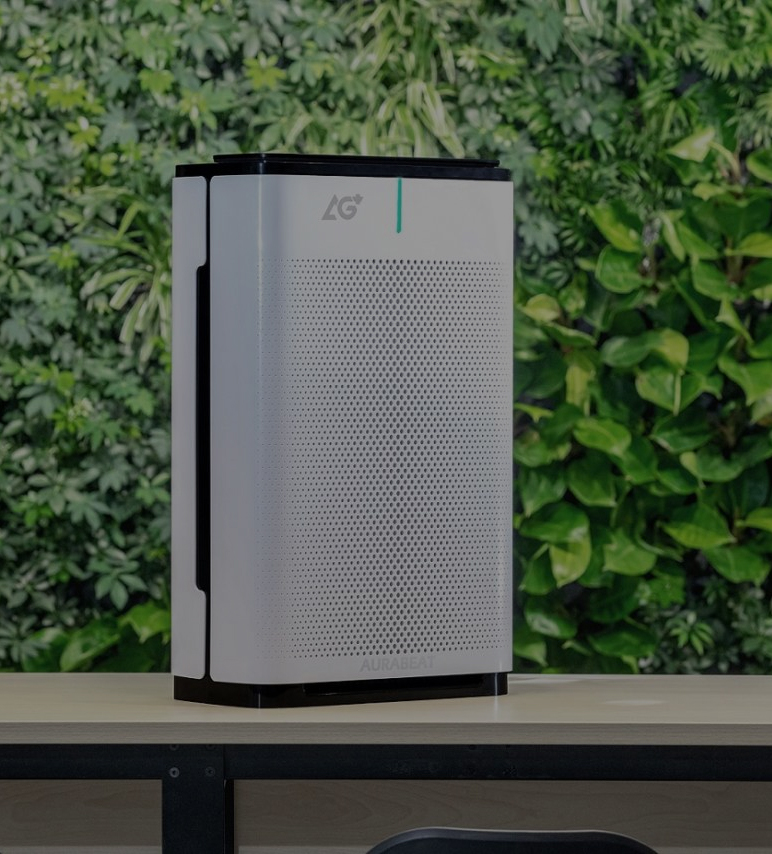The highly reactive quality of Ozone makes it a powerful and efficient cleaner and purifierer. Ozone will react with almost anything, including chemical sources of unpleasant or hazardous indoor odours. Unlike other deodourisers ozone does not simply mask odours but actually destroys them.
When it combines with the other organic substances it oxidizes them causing them to be destroyed and eliminated from the air. The byproduct of this oxidation process is life-giving oxygen. It leaves no harmful residues. This makes it far superior to chemical purification like chlorination.
Bacteria - (such as E-coli, samonella, streptococcus, cholera). Viruses - (such as influenza, poliovirus, hepatitis). Fungi, mold, mildew & spores.
Ozone is produced by ultraviolet light from the sun's rays. A second more common source of ozone in nature is the lightning bolt. That's why the air smells so fresh and clean after a thunderstorm - the ozone has oxidized the pollutants in the air. Ozone is also a product of plant photosynthesis.
Ozone or tri-oxygen is an inorganic molecule with the chemical formula O₃. It is a pale blue gas with a distinctively pungent smell. It is an allotrope of oxygen that is much less stable than the diatomic allotrope O₂.


















Copyright @2021 Tekgreen Solutions | Design & Developed by MARS